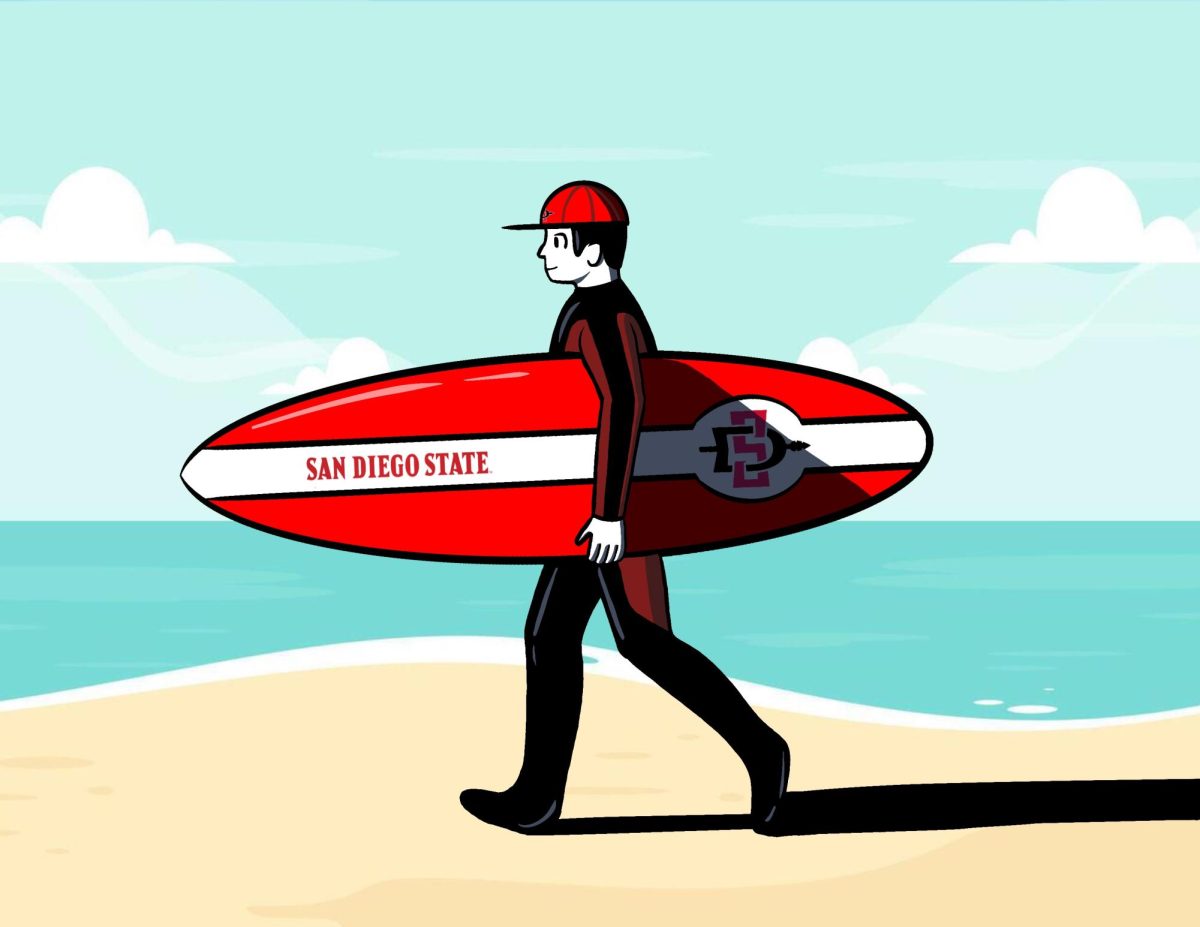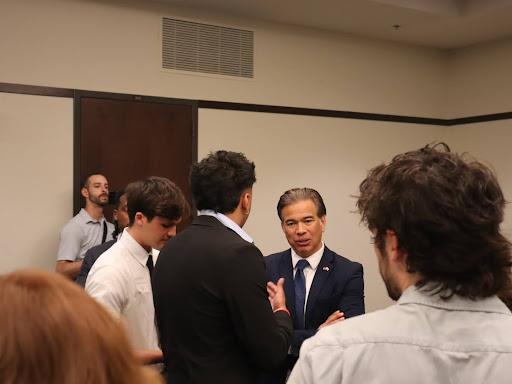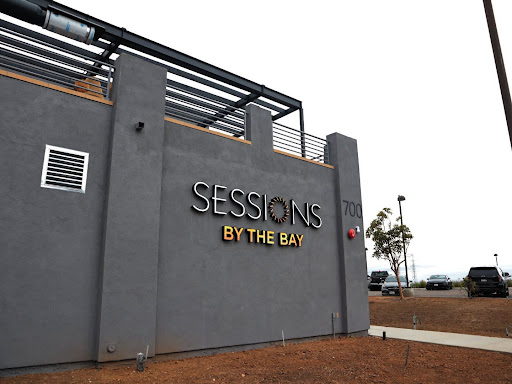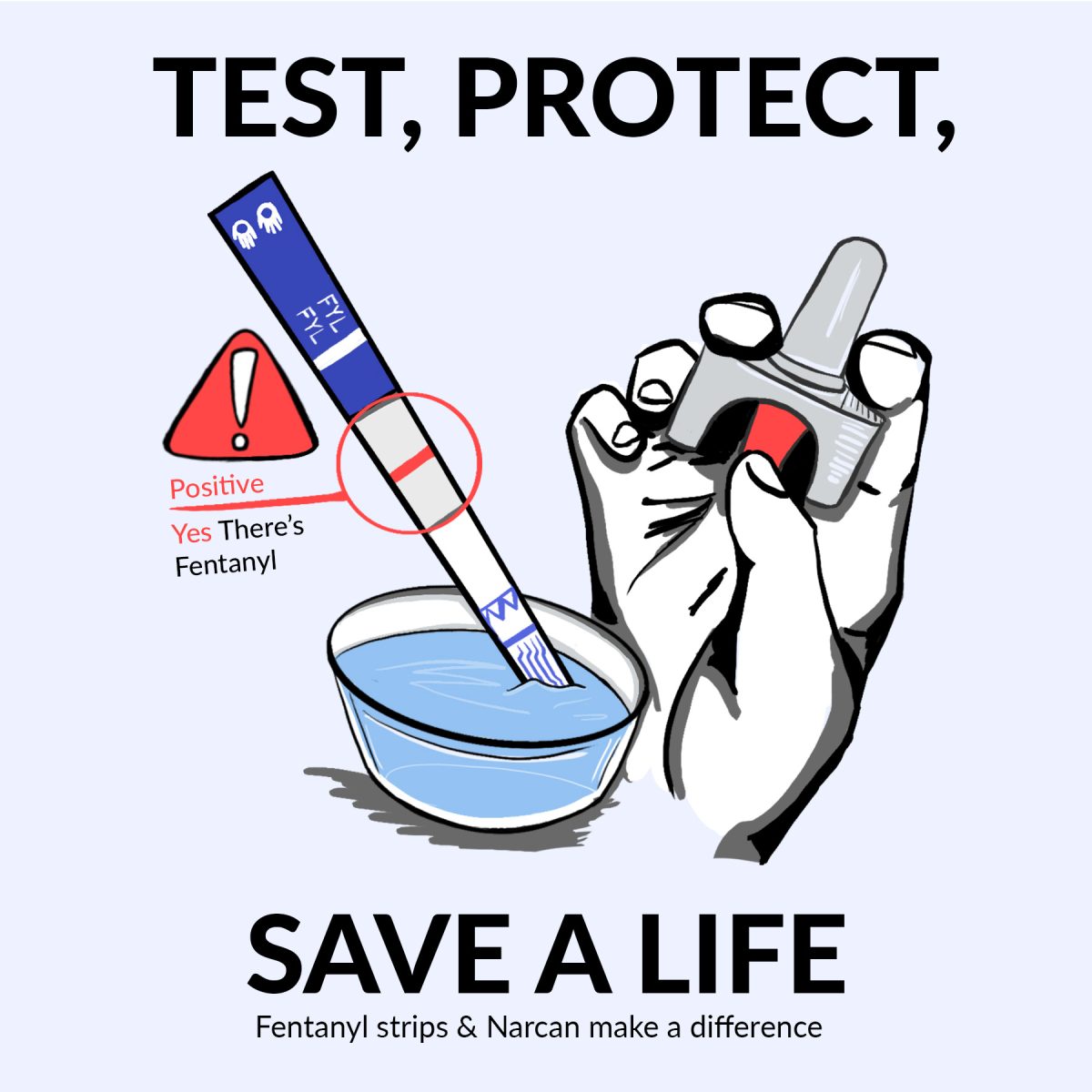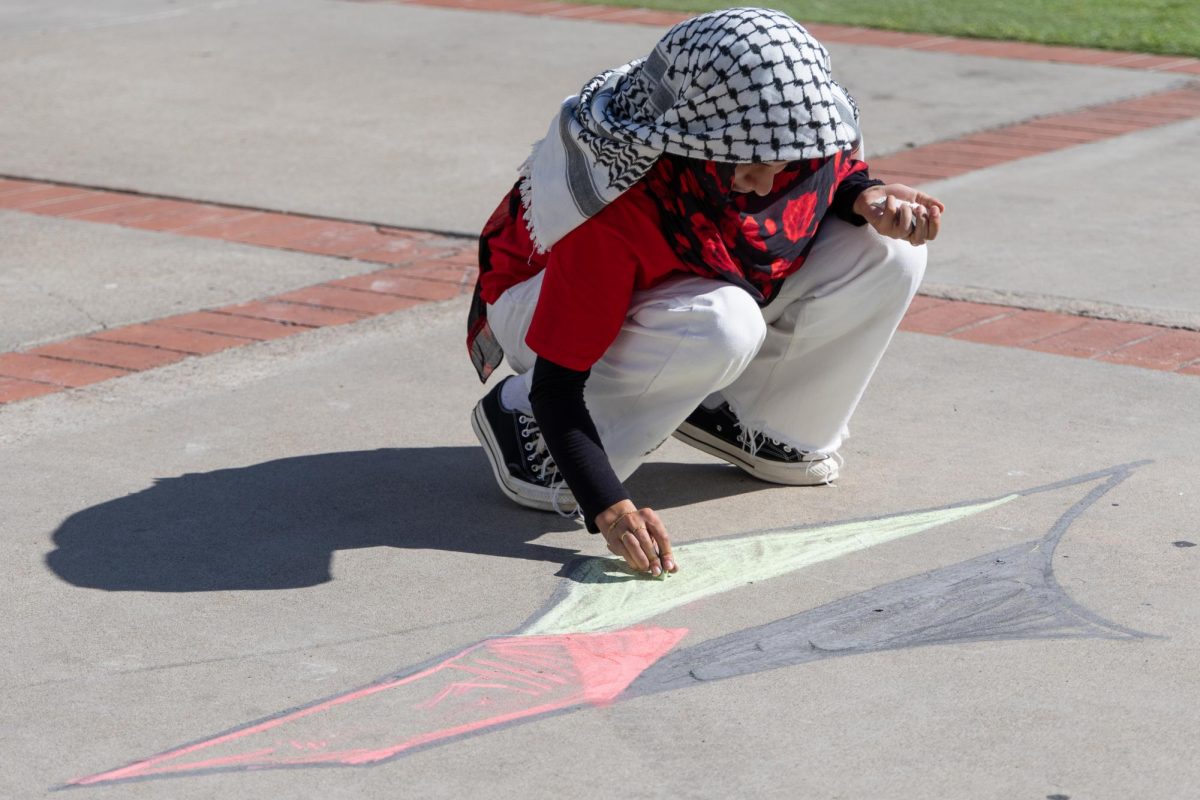Surfing is an integral aspect of San Diego’s culture. Aside from surfing being a primary pastime and source of entertainment, innovations in surfboard crafting and later the invention and expansion of skating grew in San Diego.
However, surfing has also made its way into San Diego State University’s classrooms.
In addition to being home to organizations such as the Center of Surf Research and the Surf Skate Studies Collaborative, some faculty at SDSU have created courses that use surfing as a launch pad to teach broader topics.
Currently, the SDSU library is home to the Science of Surfing exhibit. The exhibit, located at the end of Donor Hall between the Dome and the first floor of Love Library, displays the science behind tides, waves and surfboard design.
According to the Librarian for Hospitality and Tourism, Tim Tully, the exhibit is significant in that it allows students to learn about a topic of local interest.
“San Diego is a very important surf region,” Tully said. “For the history of surfing as far as participation and board building, San Diego is arguably one of the most important places. It’s such a part of local industry and local culture and having something like [the exhibit] is really cool.”
The Science of Surfing exhibit is currently on lease to SDSU from the California Surf Museum and will remain open in the library until Dec. 24.
Dr. Jess Ponting, a professor at the Robert Payne School of Hospitality and Tourism Management worked directly with the California Surf Museum to bring the exhibit to SDSU.
Ponting, who has been trying to organize a general education course on the science behind surf forecasting, noticed the exhibit’s displays and noted how well they aligned with what he wanted to teach in the course.
“I was interested to find out what the California Surf Museum was going to do with the display because it’s amazing,” Ponting said. “Essentially, it’s like a textbook for the class laid out in a museum display. They were going to put it in storage, and they were trying to find other museums that might be interested. And I’d suggested that we would be incredibly stoked to put that up in the SDSU library for a time.”
Both Tully and Ponting are members of the SDSU’s Surf/Skate Studies Collaborative, which Tully described as an interdisciplinary group of faculty who were interested in surf and skate topics. Courses offered through the SSSC include HONOR 313: Surfing and the Anthropological Lens, RTM 102: Wellness and Recreation for Life Through Surfing, SOC 330: Cultural and Historical Origins of Surfing and SOC 331: Modern Surfing and Globalized Society. SDSU also offers hands-on surfing classes outside of the SSSC, from beginner to advanced surfing, which is ENS 122.
The SSSC has also hosted two international conferences so far, the most recent one featuring prominent professional skateboarder Tony Hawk as a keynote speaker.
Ponting described higher education academic opportunities related to surfing and skating in the United States as unique to SDSU. The first Center for Surf Research was founded by Ponting more than 13 years ago and is currently housed at SDSU. Since its founding, the CSR has acted as an international hub for research on sustainable surf tourism and issues of sustainability affecting the surf industry.
Ponting highlighted the importance of surf and skate-related resources for SDSU students and how studying through the lens of surfing boosted his academic interests.
“You can study a lot of different things through the lens of things that you care about,” Ponting said. “Surfing and skating is something that gets people excited. It did for me when I was a student. Once I realized that I could study surfing and the effect it had on the world, I went from a C student to getting a PhD to becoming a professor solely on the motivation that interesting context for research was provided.”
Sam Kobari, a professor in the Anthropology department and member of the SSSC teaches Surfing and the Anthropological Lens, a class that looks at surfing and how that relates to larger social issues. Ponting agrees with Kobari that studying through a lens of interest can create a great jumping-off point into broader topics.
“The reason I enjoy teaching this class is because there’s conversation about surfing and the discussion about surf culture can serve as a springboard to talk about so much more,” Kobari said. “This class becomes a conduit to discuss broader social issues.”
According to Kobari, topics the class has discussed include gender biases in surfing, which expanded to a conversation about gender discrepancies in pay in sports across the board. He believes the more niche lens of surfing helps students understand topics that they might not understand as well or were not interested in before.
“I think a new perspective makes them interested in a way where discussing these issues may have not sunk in as well, but in using surfing it creates a platform for these issues to to be conveyed more effectively,” Kobari said.
Kobari cited his own journey with surfing as life-changing; he detailed how being an immigrant combined his interest in learning how to surf and understanding the world.
“I’m from Iran and I immigrated here, so I wasn’t born into the culture around surfing,” Kobari said. “It was a culture I had to understand, and that journey really created my curiosity for understanding this world a little bit better.”
Although not everyone at SDSU is involved or interested in surf culture, Kobari emphasized its prevalence on campus and how it extends throughout the rest of the city.
“San Diego is a surf-skate town. Whether or not you surf or skate, you are affected by that surf skate culture,” he said. “Whether or not you surf, it’s going to be present, day in and day out.”



